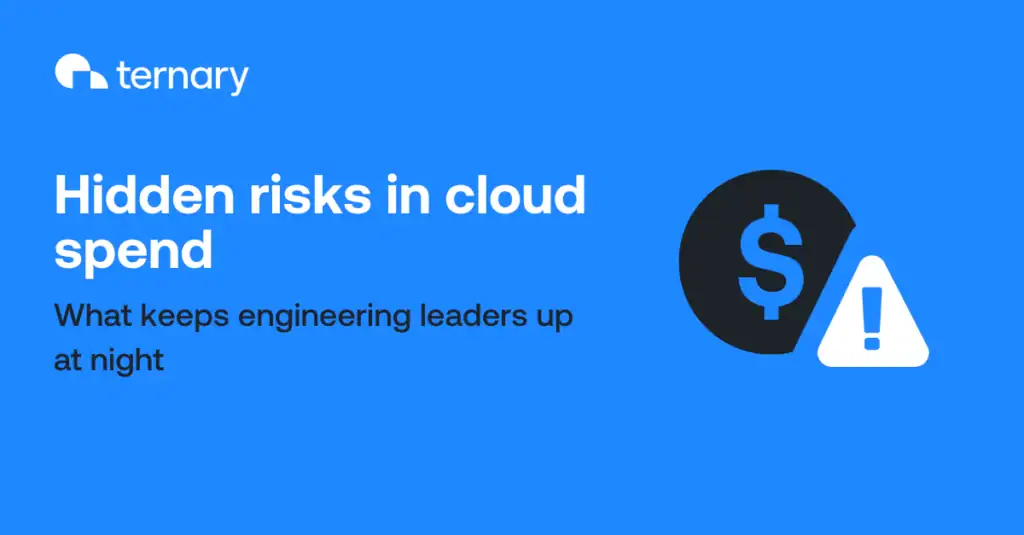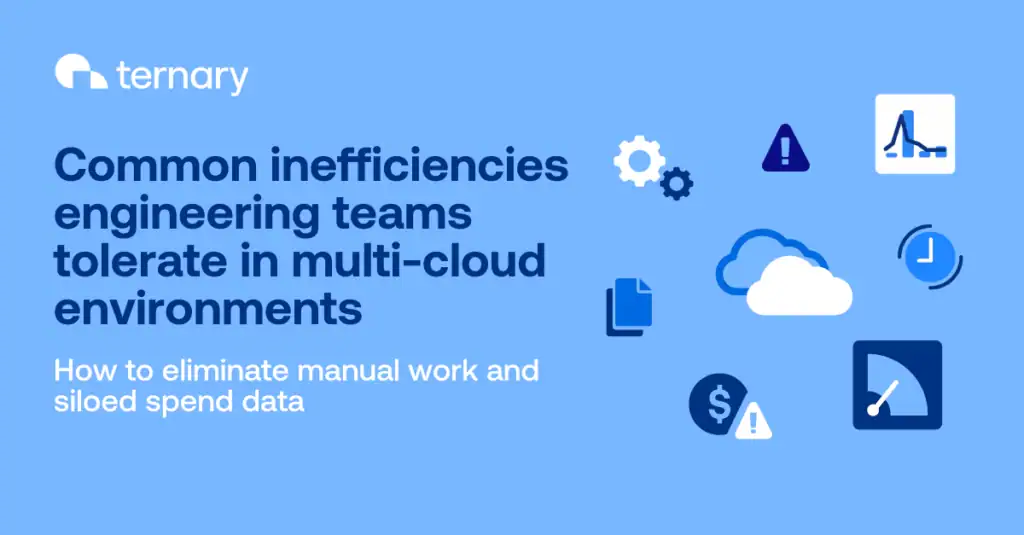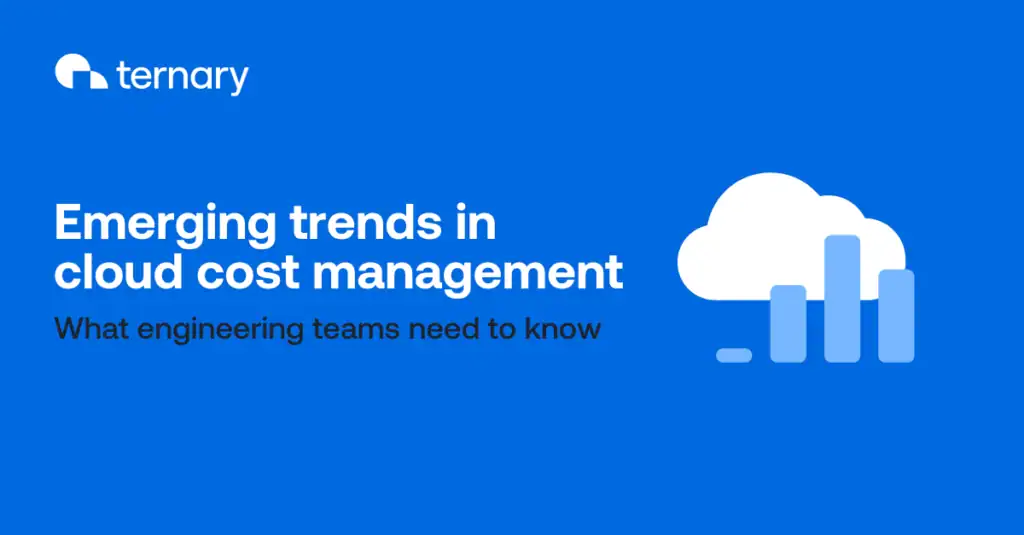Unexpected cloud cost spikes, dashboard overload, and endless manual analysis frustrate engineering leaders overseeing multi-cloud environments. Even though most organizations have invested in dashboards, teams still get blindsided by budget overruns or waste hours investigating anomalies that could have been caught sooner.
The problem is not a lack of data. Many cost management solutions only provide visibility and do not guide action or integrate seamlessly into engineering workflows. This blog explains why dashboards alone cannot improve engineering efficiency and how incorporating actionable cost insights into everyday activities transforms cloud cost management.
Why dashboards alone fall short
Cloud cost management dashboards frequently display spending trends, budget status, and usage breakdowns. Dashboards from cloud provider-native tools or visualizations powered by business intelligence (BI) tools (like Looker, Tableau, etc.) let you see what’s going on, but they don’t solve the real problem, which is how to use the data to make decisions.
Dashboard fatigue is common because leaders are bombarded with charts and tables, but manual investigation is still needed to identify savings opportunities or troubleshoot cost anomalies.
Dashboards from native tools or BI tools also rarely connect directly to the systems engineers use every day, such as Jira. As a result, teams spend more time switching context and less time delivering value. These gaps create several pain points, including:
- Delayed responses to unexpected cost spikes
- Missed optimization opportunities due to scattered or incomplete data
- Increased manual work for engineering and finance teams
- Misalignment between engineering priorities and business goals
To truly improve efficiency and accountability, teams need FinOps solutions that fit naturally into their daily work.
The benefits of actionable cost insights for engineering
Instead of generic alerts, engineering teams now benefit from context-aware recommendations and notifications that point them toward specific actions—like rightsizing resources, cleaning up unused assets, or investigating unusual spending.
Rather than existing as a separate process, these insights become part of the engineering workflow when they are embedded directly into the tools and systems teams use every day. This enables quick responses without disrupting their primary work.
Embedding actionable insights into workflows supports three main objectives:
- Aligning engineering and financial accountability
- Enabling faster data-driven decisions
- Supporting developer productivity by reducing manual investigation
FinOps platforms bridge the gap between visibility and action, making cost management a natural part of engineering work instead of a separate process.
When actionable insights from FinOps platforms are integrated with systems like Jira, investigation time is reduced and response times improve. Instead of viewing a spike on a dashboard and then manually tracking down the cause, engineers can leverage a guided workflow to investigate further with just a few clicks.
Realizing efficiency and innovation through automation and collaboration
Bringing actionable cost data into daily engineering processes starts with a few practical steps.
- If you’re relying on native tools and spreadsheets, invest in a purpose-built FinOps platform.
- Connect your FinOps platform to engineering tools like Jira, Slack, or ServiceNow for seamless workflow integration.
- Attribute costs by department, project, or team, supporting precise financial accountability.
- Leverage automation features such as anomaly detection and case management to reduce manual effort and speed up response times.
FinOps platforms, like Ternary, with AI or machine learning-based anomaly detection, flag unexpected spending in real time, while human-tunable settings ensure alerts are relevant and actionable. And with case management, these insights can be sent straight to the responsible team, removing bottlenecks and reducing investigation time. This means fewer surprises for leadership and more predictable outcomes for engineering and finance.
Before using Ternary, it would take me hours to analyze our cloud costs. Now, I have a single source of truth for all my cloud spending across Google Cloud, Azure, and AWS. With Alert Tracking, I can instantly identify and investigate cost changes, saving me valuable time and ensuring we meet our growth and margin objectives.
Pravash Mukherjee, Senior Director of Technology and Delivery, Decisions
Conclusion
Dashboards alone do not drive engineering efficiency or accountability. High-performing organizations set themselves apart by reducing manual analysis and embedding actionable cost insights into workflows. This allows teams to focus on building and innovating instead of chasing down cost anomalies or reconciling fragmented reports.
Looking ahead, Engineering leaders who adopt FinOps practices now will be better equipped to deliver efficiency and measurable business impact.
Streamline engineering efficiency now
FAQ
What are the risks of relying only on dashboards for cloud cost management?
Relying solely on dashboards can cause information overload, delay anomaly responses, and lead to missed optimization opportunities.
How can engineering teams ensure cost recommendations fit their unique cloud setup?
Teams should use customizable cost insights and feedback loops that adapt recommendations to their specific workflows.
How does integrating cost insights into workflows affect developer productivity and innovation?
Integrating cost insights into workflows reduces manual work and lets teams focus more on innovation.



